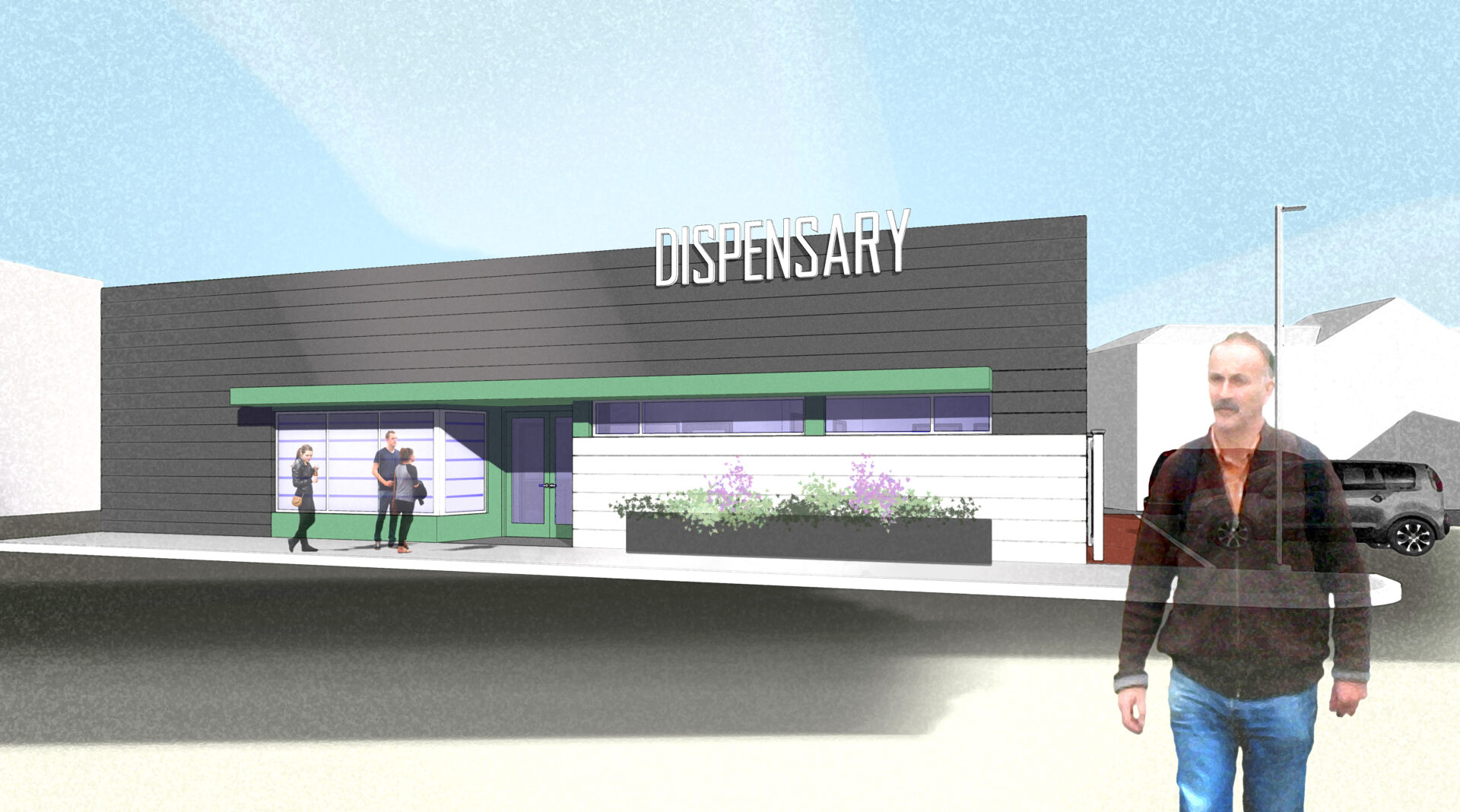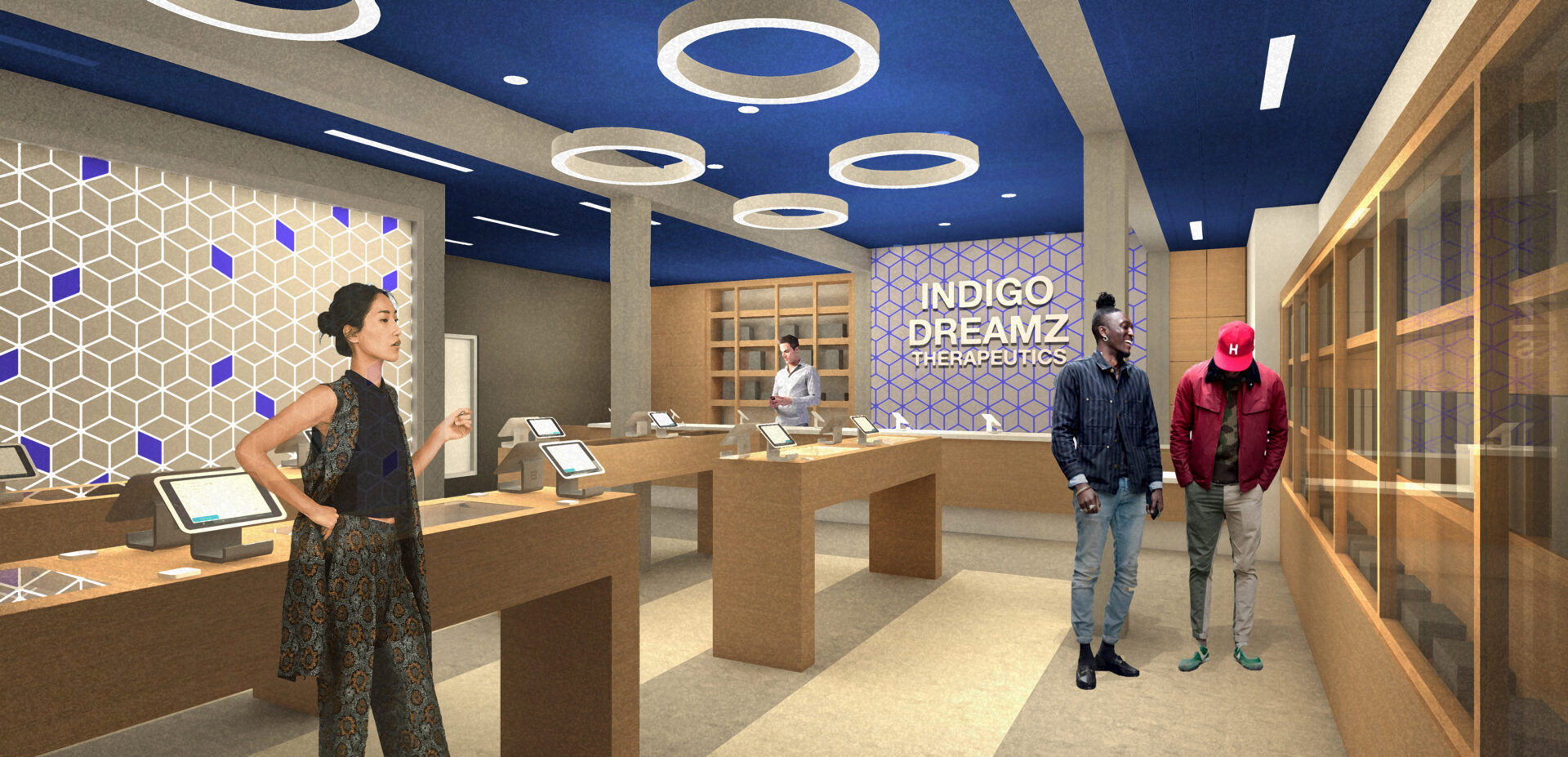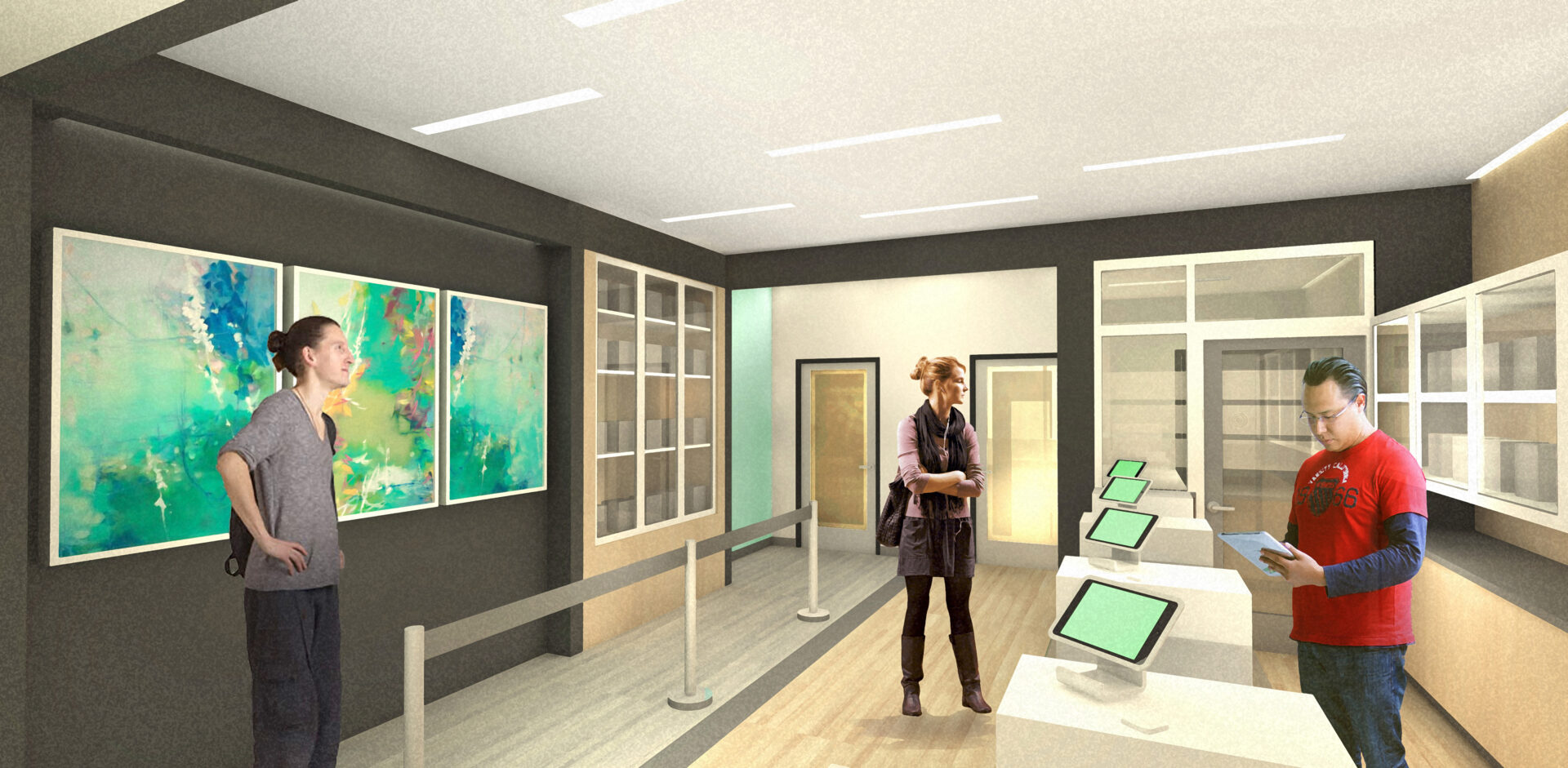Despite the legalization of recreational marijuana in Massachusetts in 2016 (86% in favor), the subsequent five years have seen precious few recreational dispensaries open up in metro Boston.
The only question remains, when will we see a wave of grand openings?
First things first. A newly-legal product like cannabis doesn’t have a playbook for branding or retailing, but rollouts elsewhere have a few good ideas.
Many of those looking to open a marijuana dispensary will be treading new paths. The approval process is long and may require multiple submissions to city officials. That’s compounded in states like Massachusetts (and others) with strict regulations on product display, storage, and security.

Cannabis has many nuanced applications and benefits. It occupies a rapidly expanding market with experienced buyers who require little education and an equal number who will need a lengthier retail experience and may even arrive with some stigma associated with the new product.
If that’s not enough, branding concerns will have to address the split demographics of customers purchasing for medical reasons with those shopping for recreational use. Add to that, cannabis products are small and must be out of reach of the customer, making retail interior design all the more challenging.
It’s a complex retailing model. Throwbacks to the days of downbeat head shops are obviously inappropriate. Luxury spa-like solutions come with related cost concerns and can put off the budget-minded consumer. Suburban and city marketswill likely have different demographics and, therefore, different branding concerns, as well. But many worries remain similar.

Retailers concerned with getting the greatest number of customers in the door — and getting the most product efficiently out — have to consider a secure, efficient, back-of-the-house design that results in essential product security, sorting, and customer fulfillment.
The model for the national retailer Med Men (which envisions an Apple store design for cannabis retailing) stumbled amid industry specific financial complications in 2019. That concept — sales-intensive retail floors with no counters or cash-wraps — brought product displays and sales employees directly to the sales floor, while back of the house staff packaged orders for sales staff to pick up at, essentially, take-out windows. Think carhops but without the roller skates.
That may well be the future of retailing a compact product such as cannabis, but the extra number of employees and related costs are obviously a factor, as well.
Overall, traditional counter and point-of-sale schemes generally are the rule rather than the exception. A balance of built-in and free-standing display units can help steer the flow of customers. Customers can then browse product offerings and digital menus as they queue for counter service.

The three interior schemes by Helicon shown here are for locations under consideration by independent retailers. (Fictitious names are substituted here by request.) Each incorporates full security, storage, and management facilities with control of the retailing space. Each responds to a particular market and location — one interior addresses a lower-key finish and brand for communities with their first cannabis retail establishment. (How cannabis paraphernalia is stocked and displayed is also a factor.) The others trend more stylish for experienced consumers.
Each strikes a balance between a casual environment of natural materials, indirect lighting schemes, and forward-looking graphics and casework that reflect the energy and spirit of a new product.
Above all (aside from the issues of a visual brand), professional, courteous sales knowledge is key.
For many retailers, people are their product.